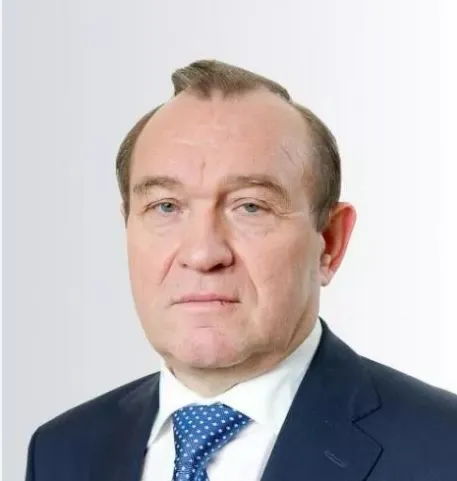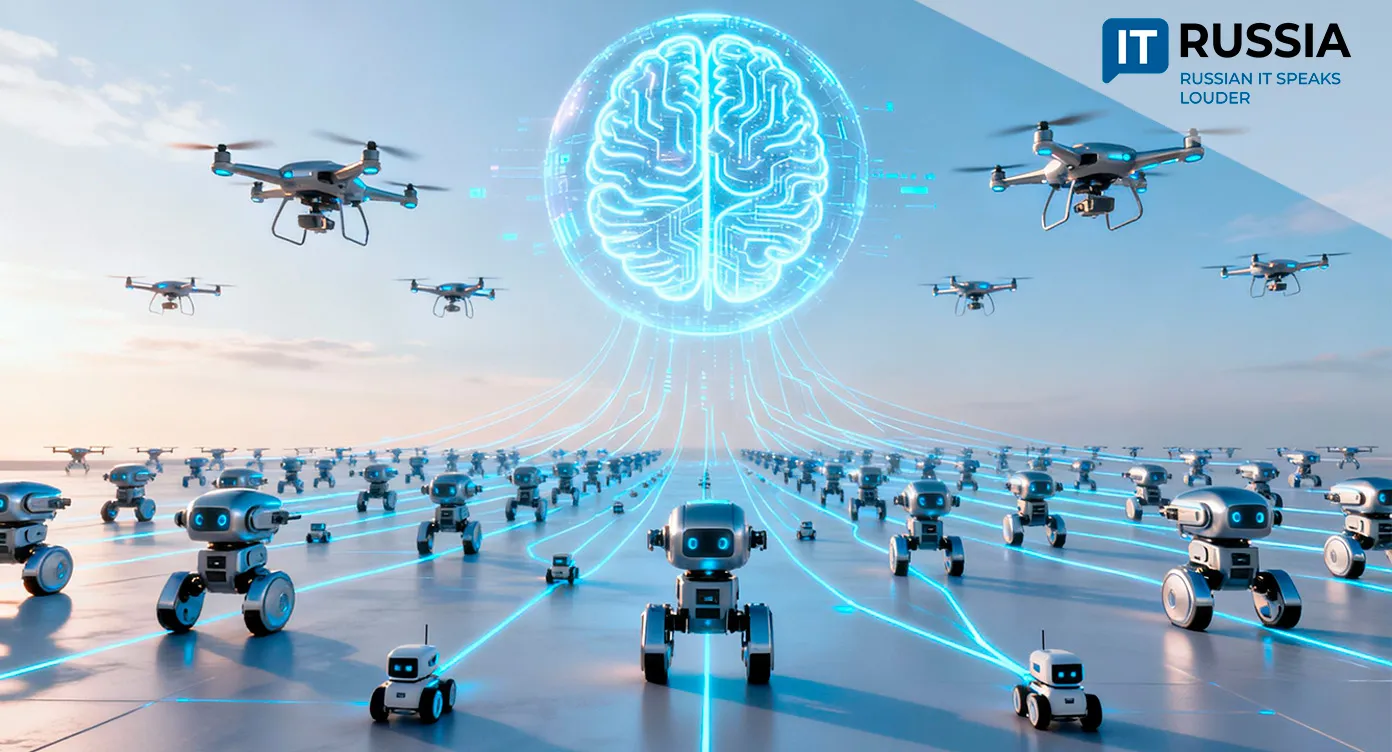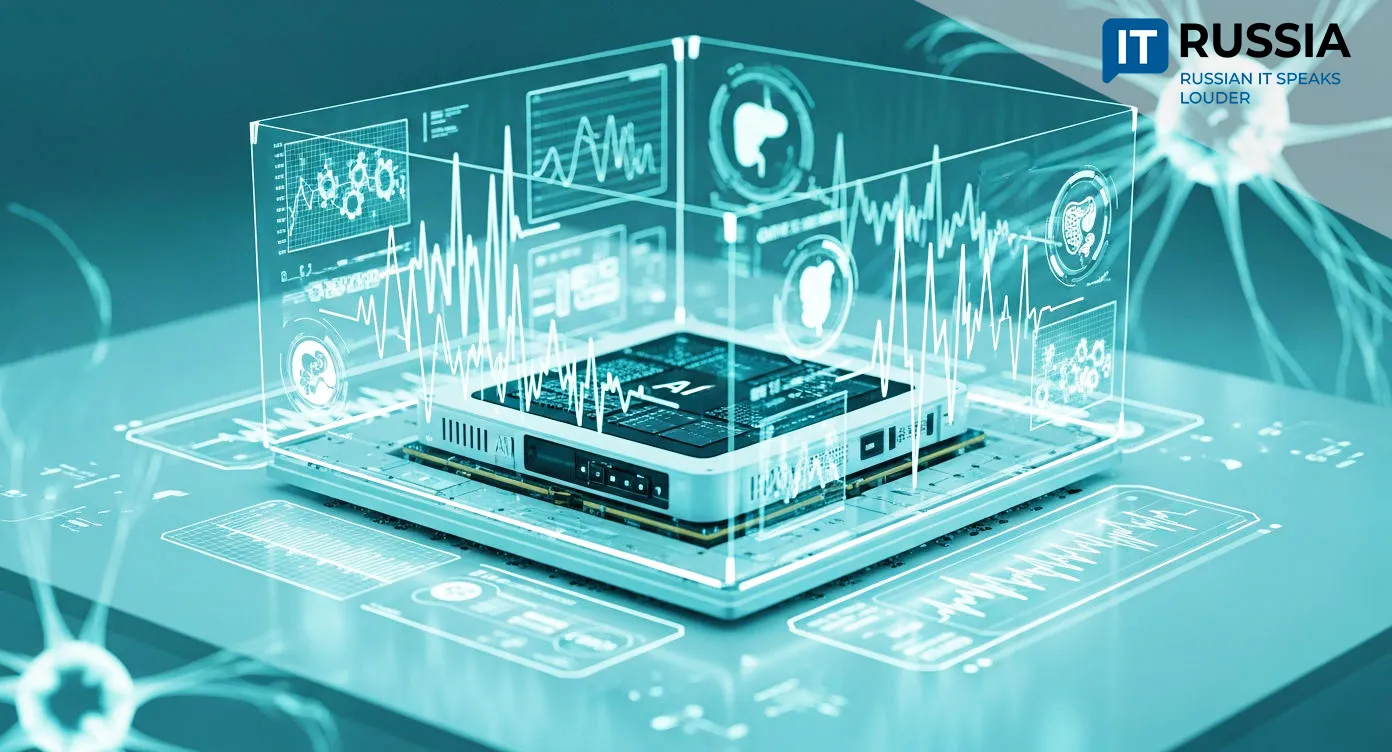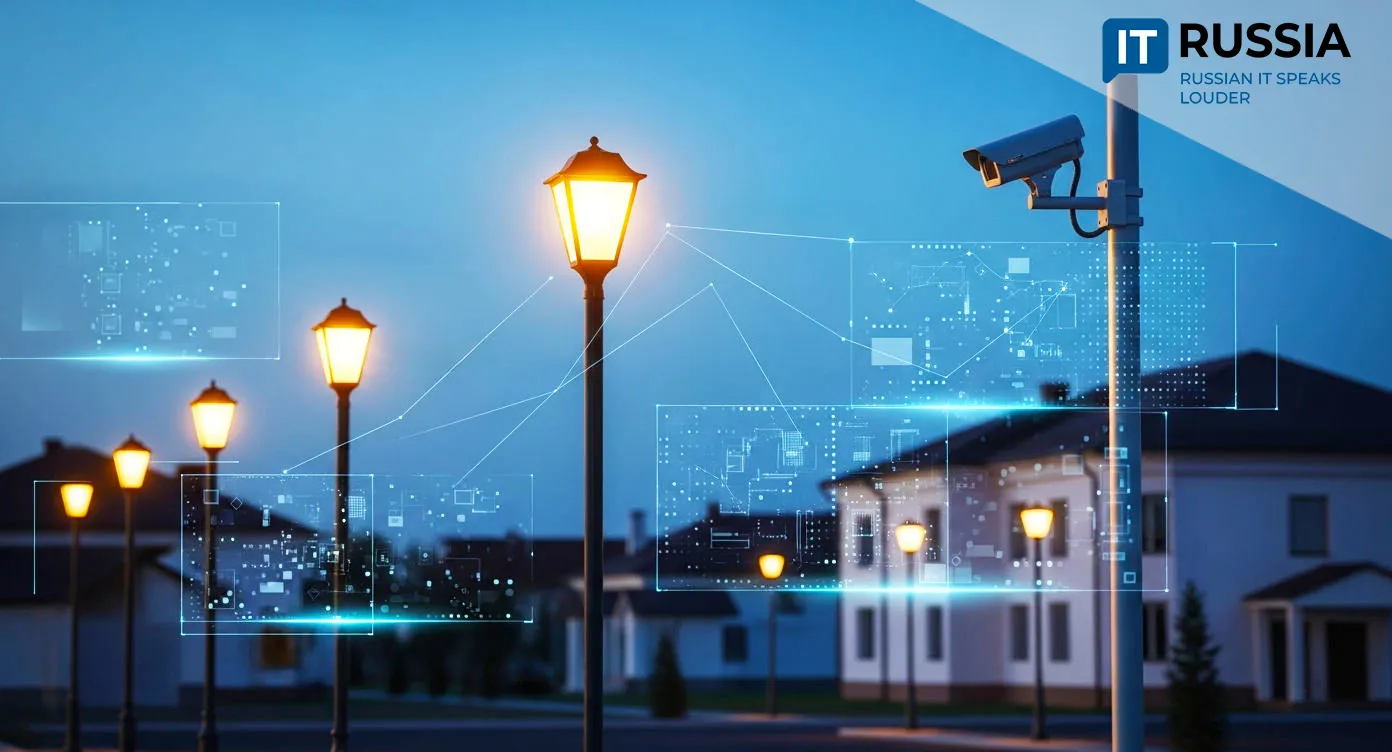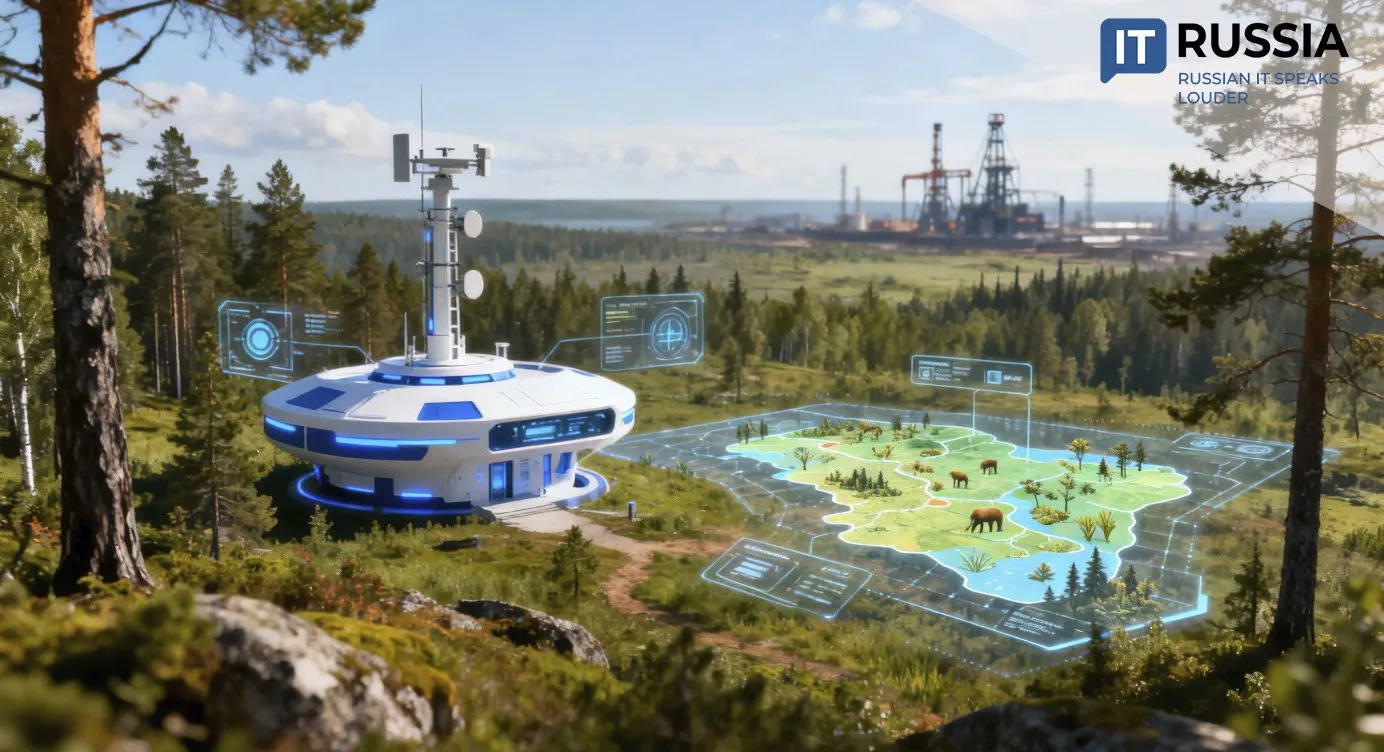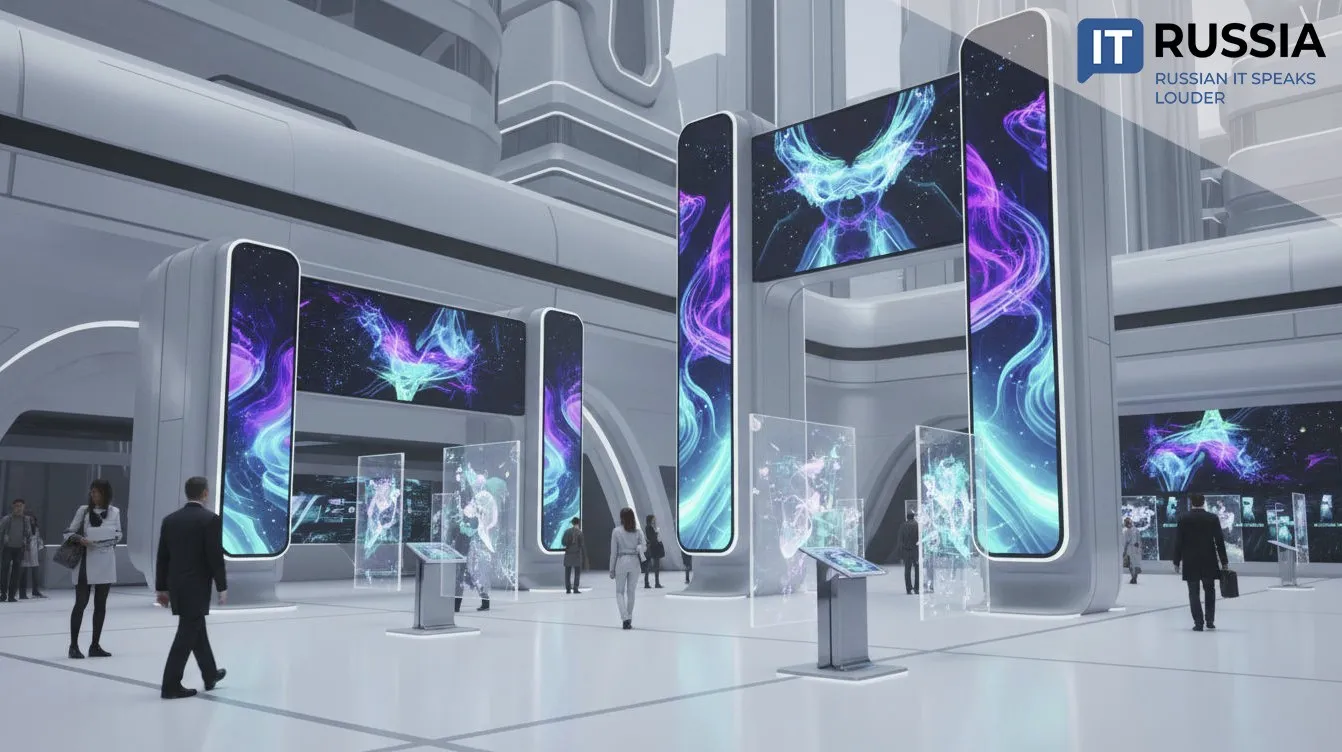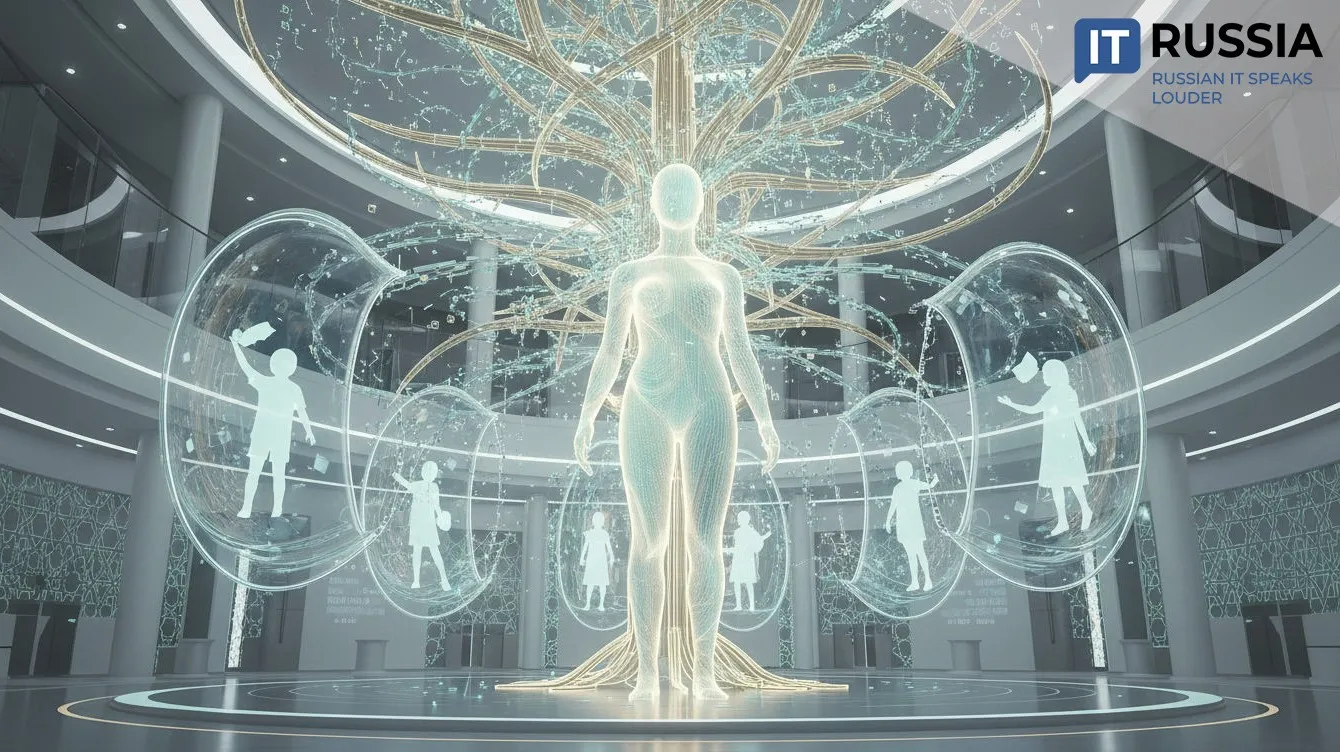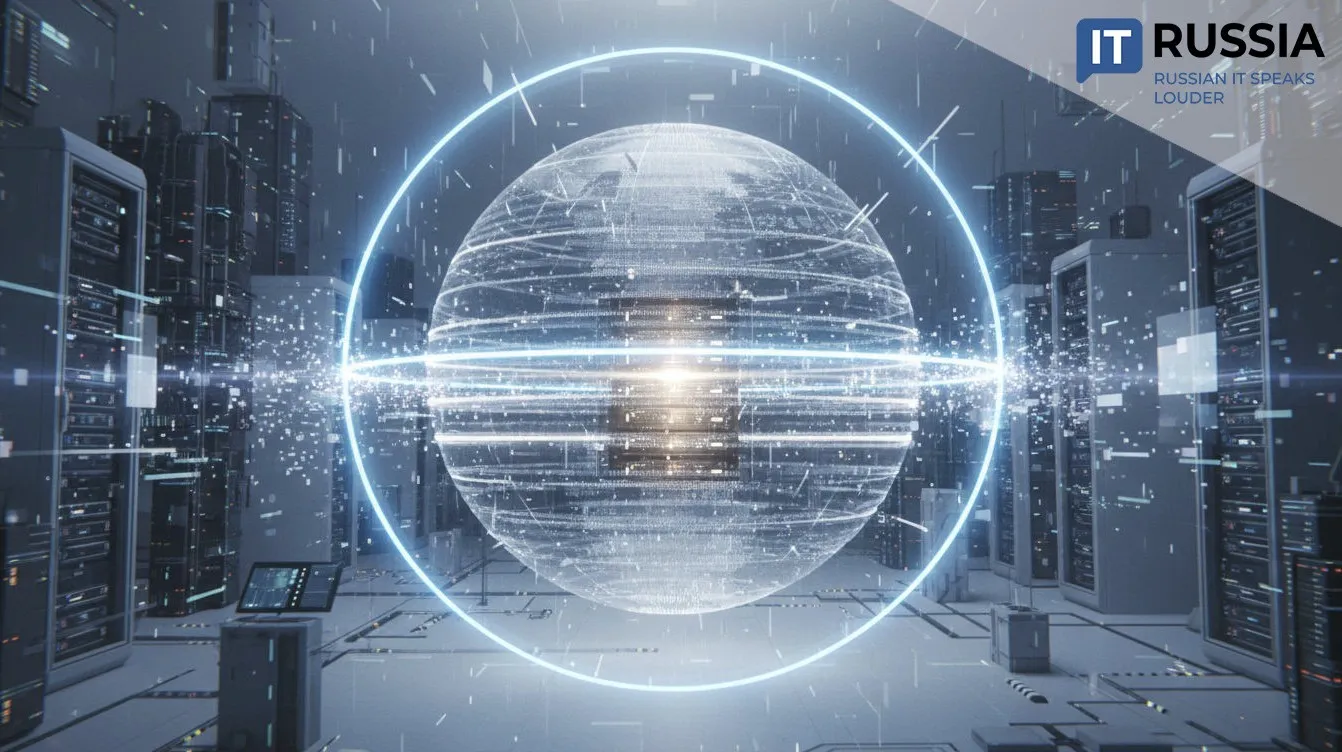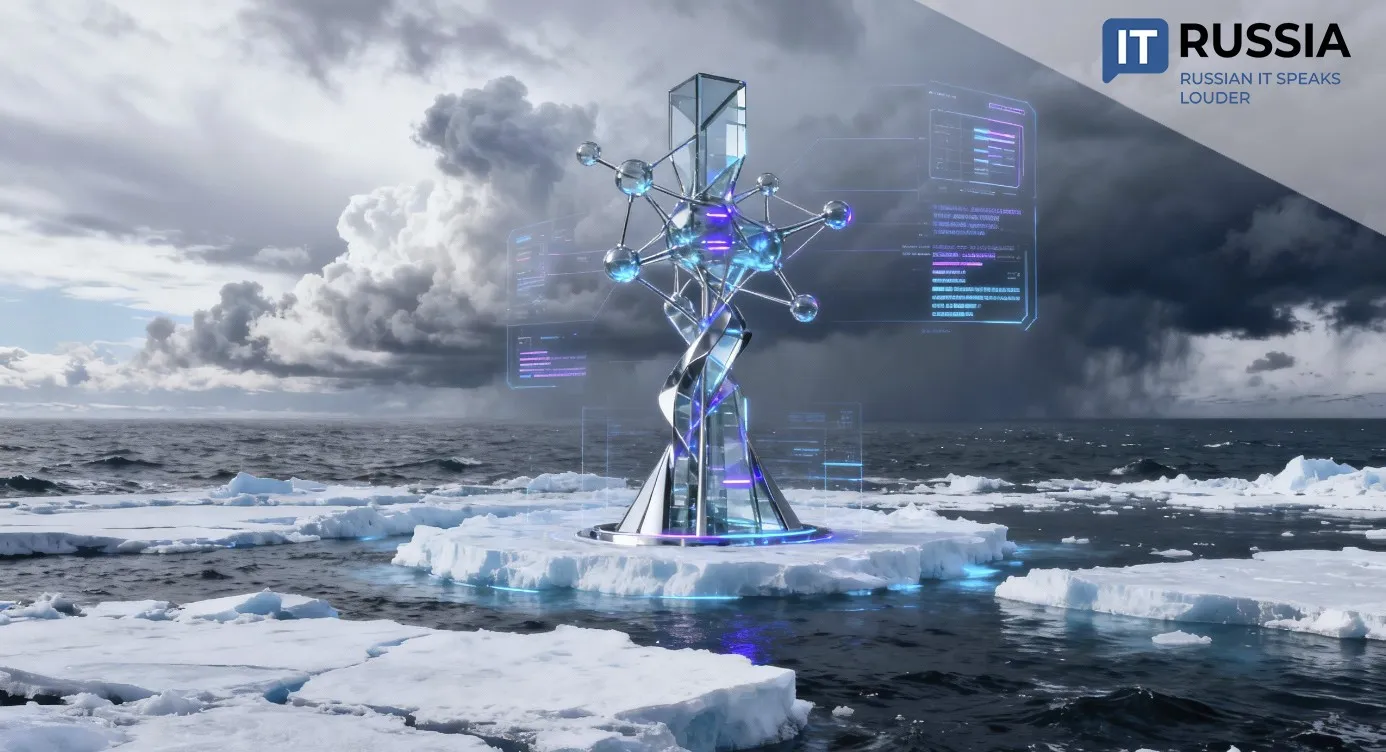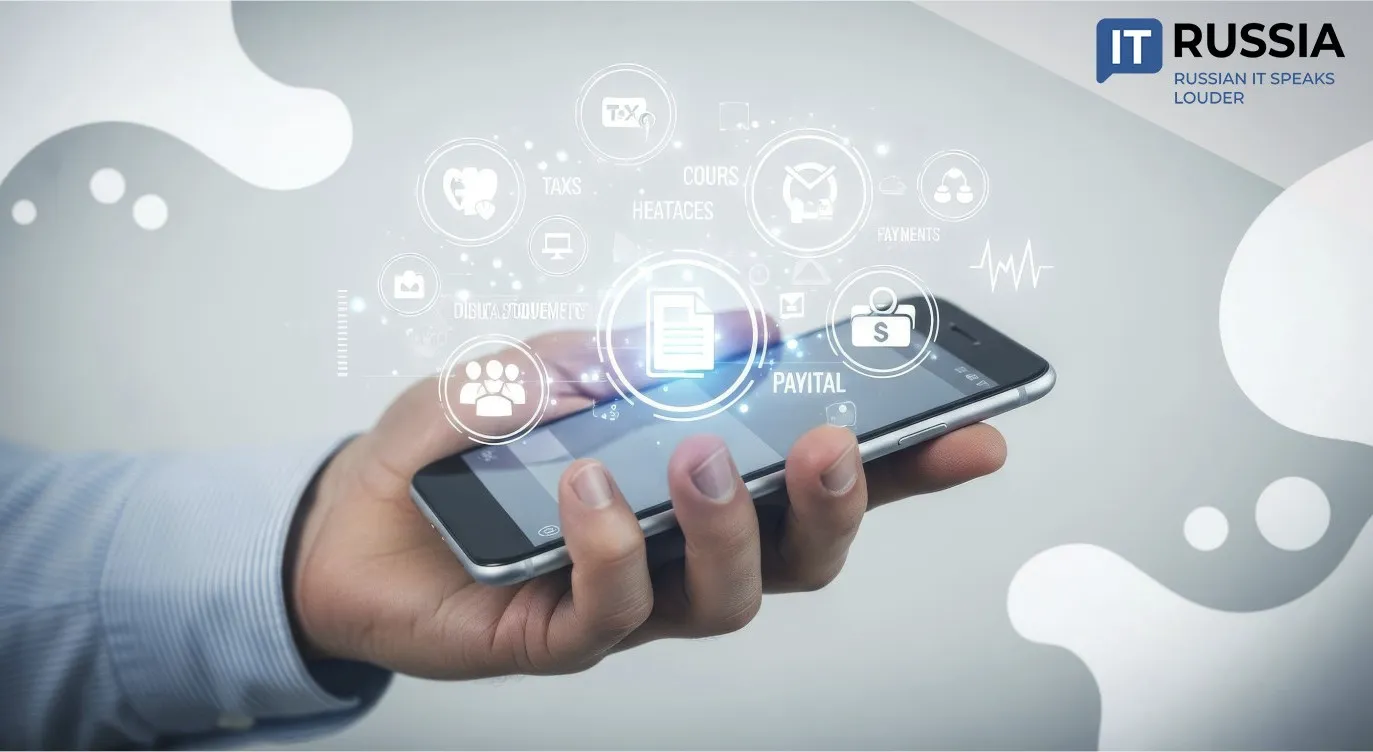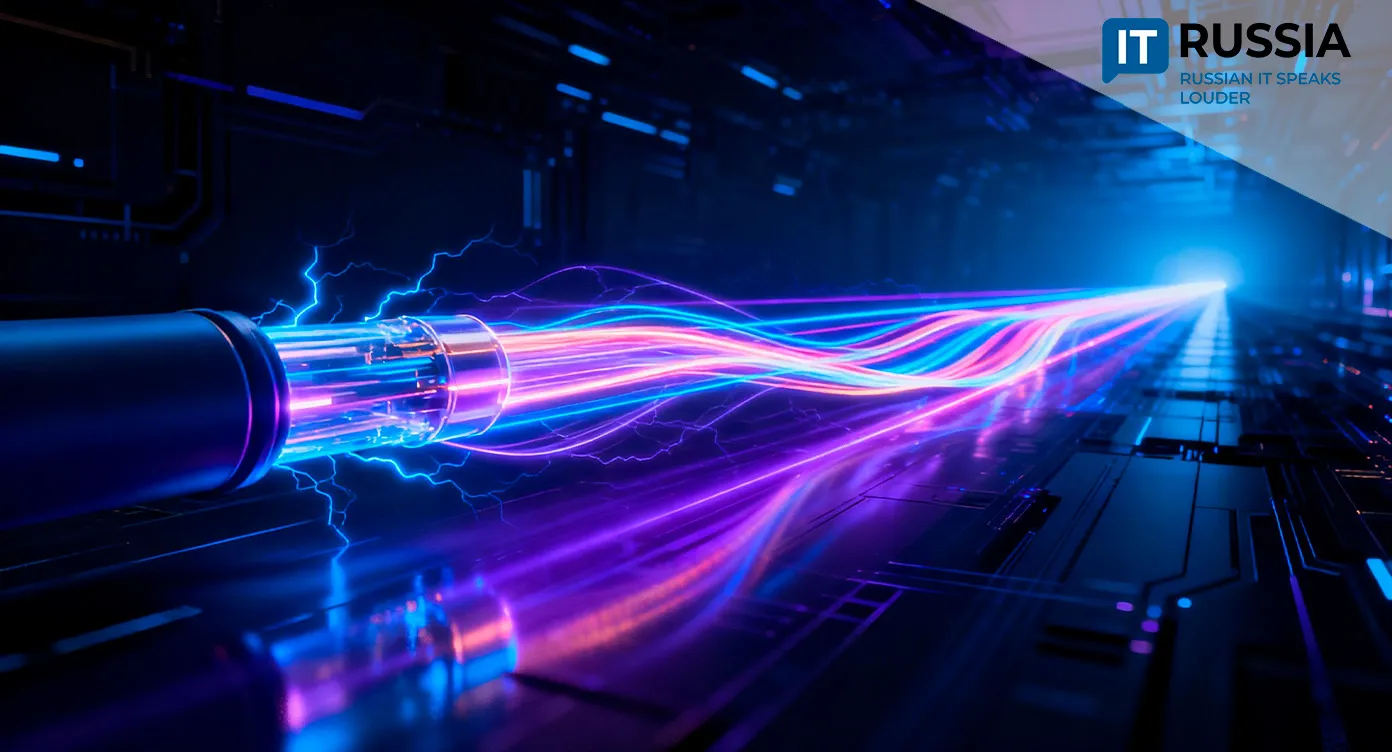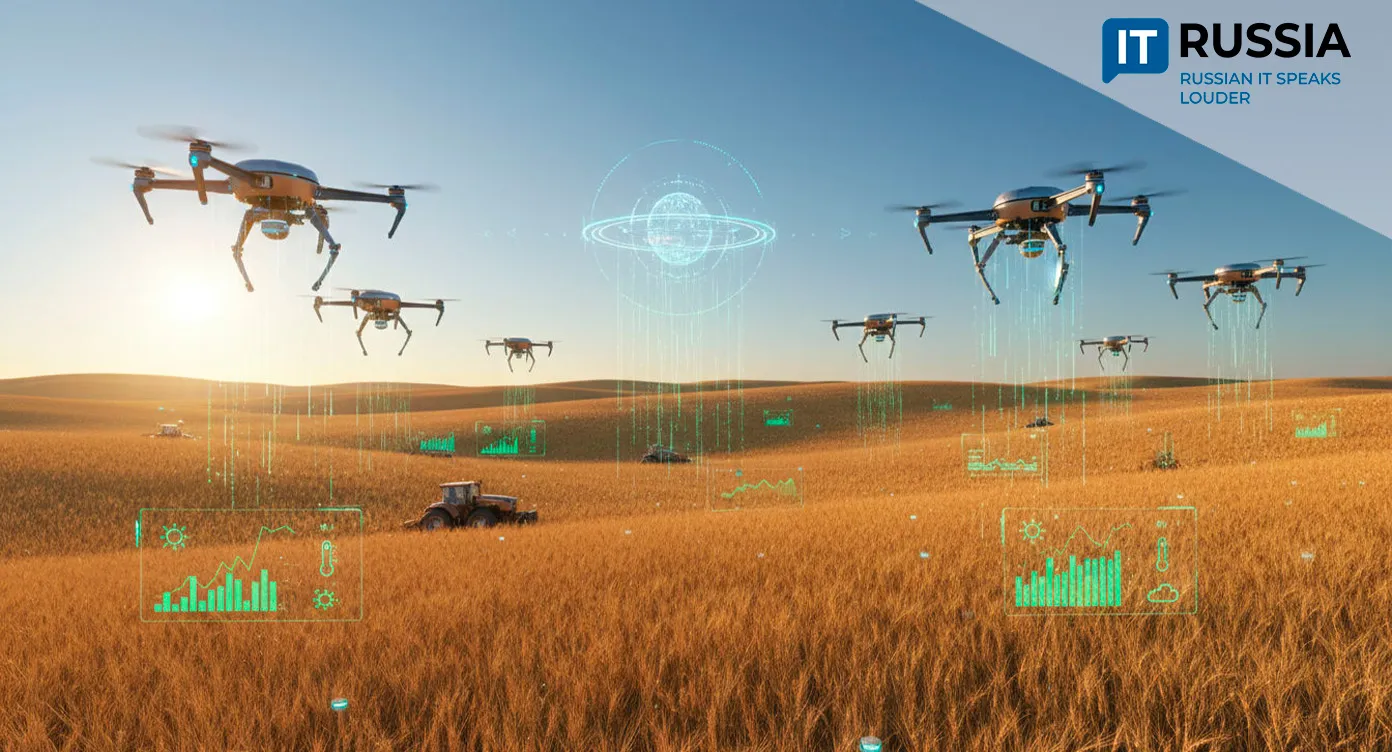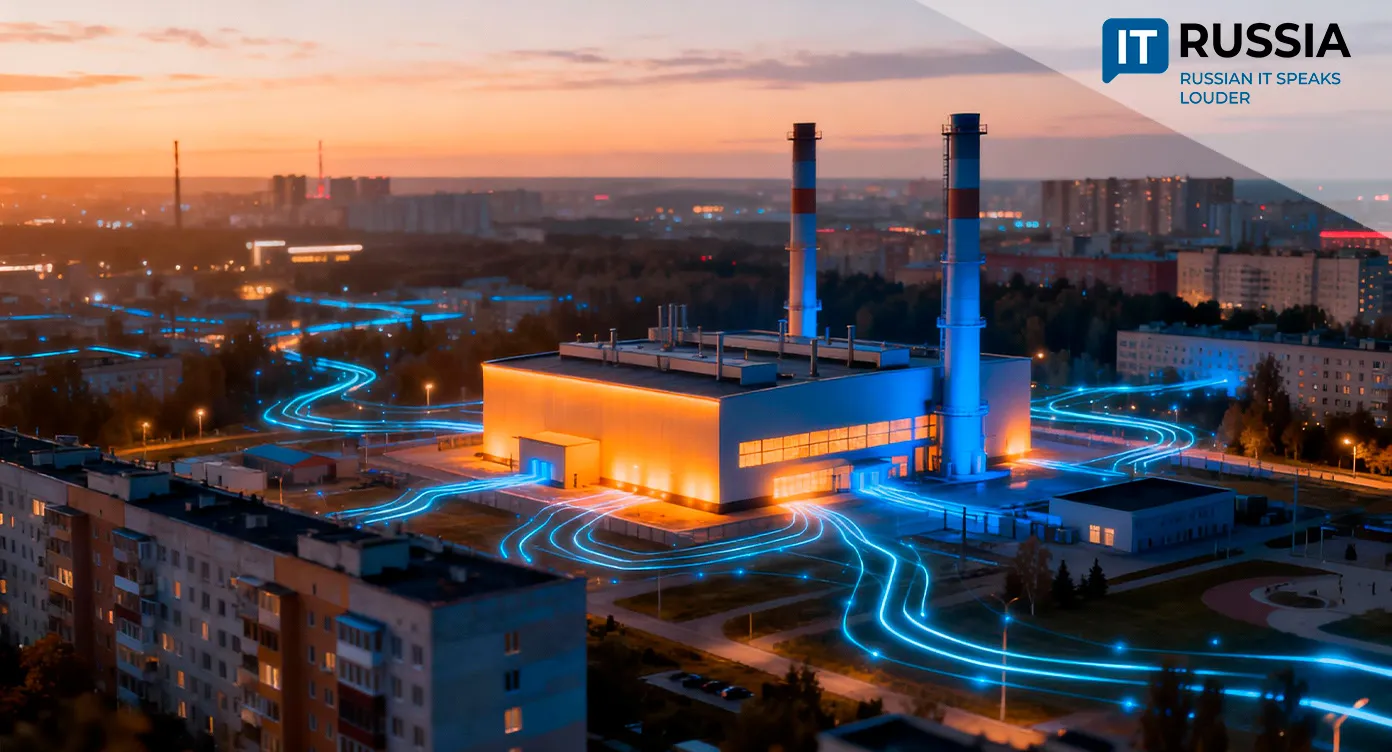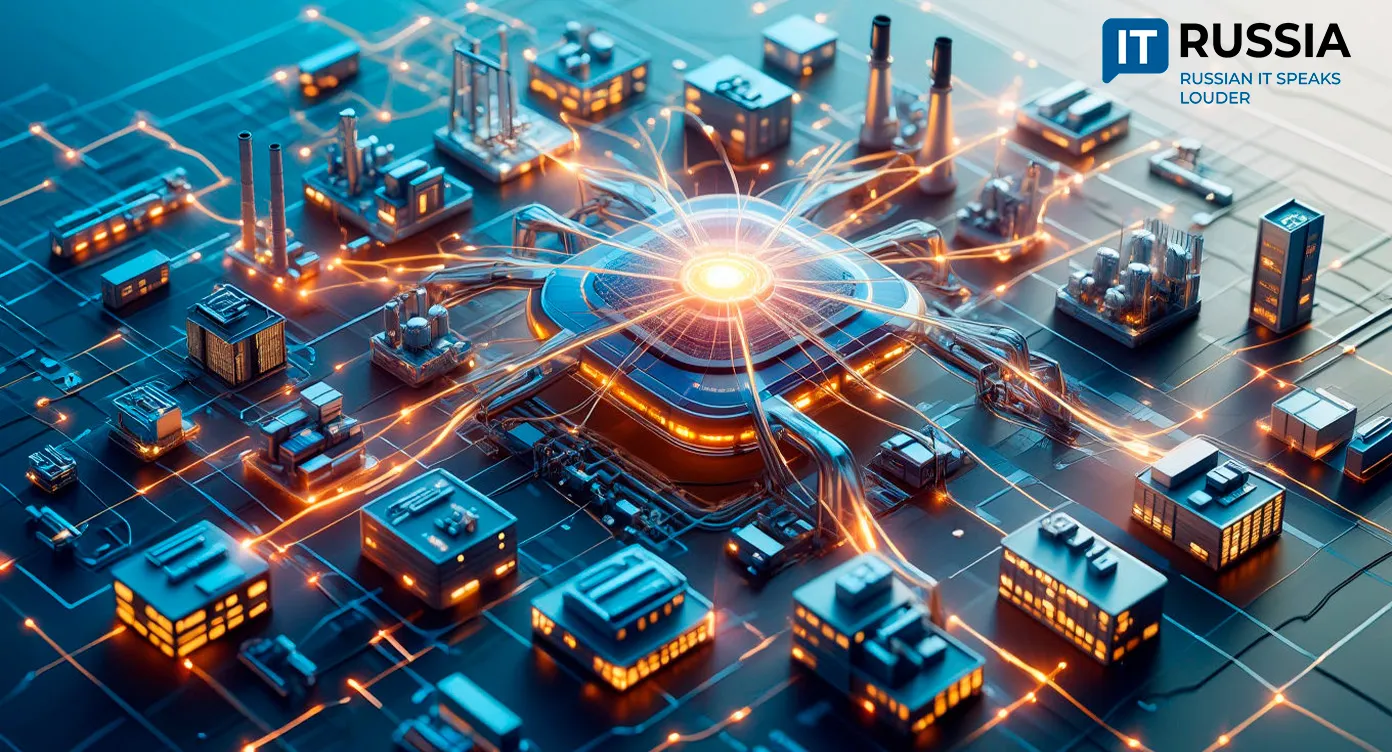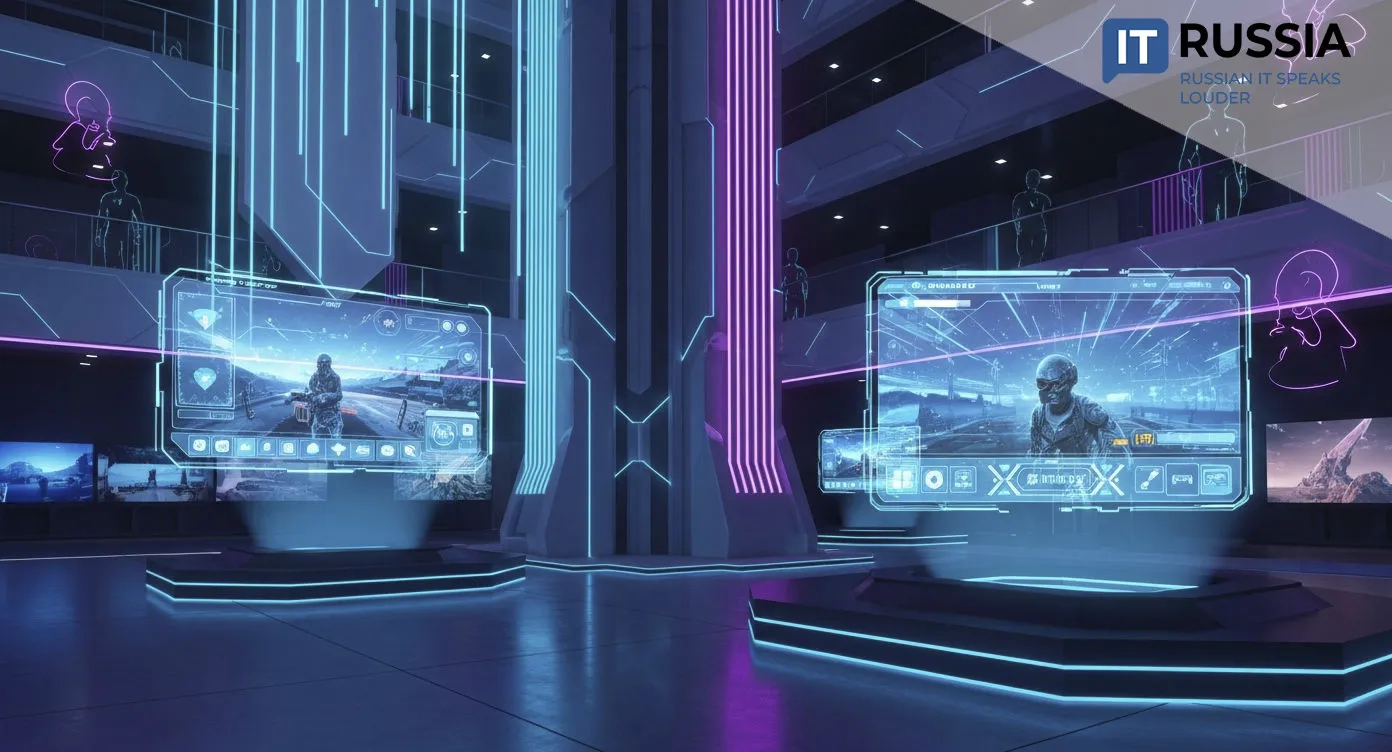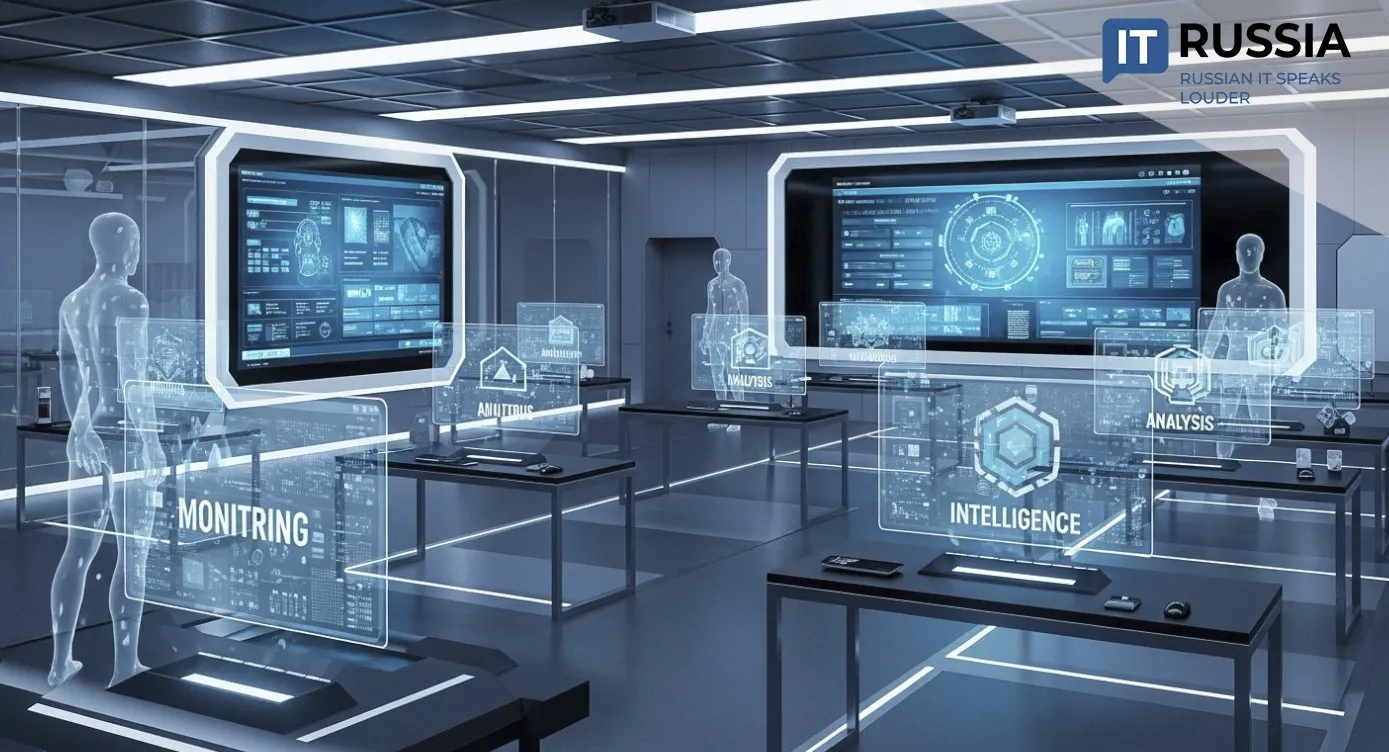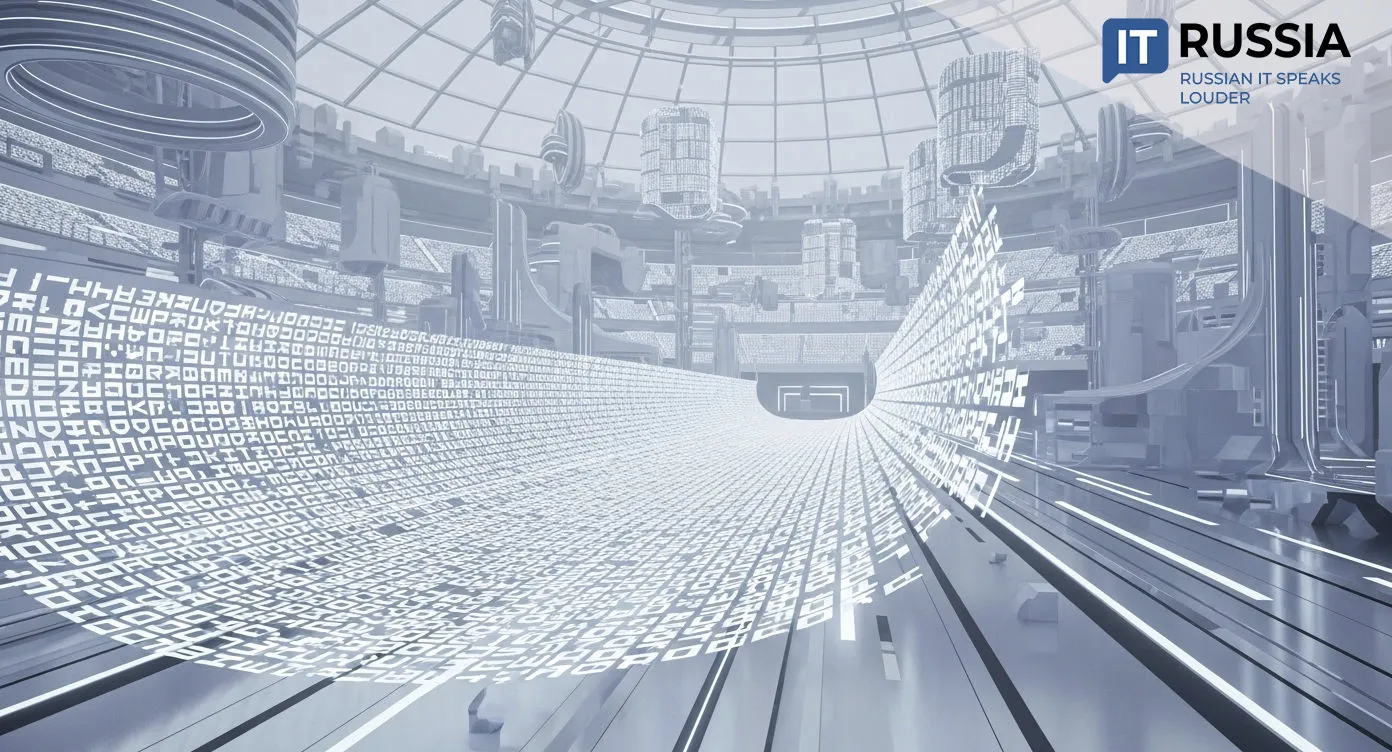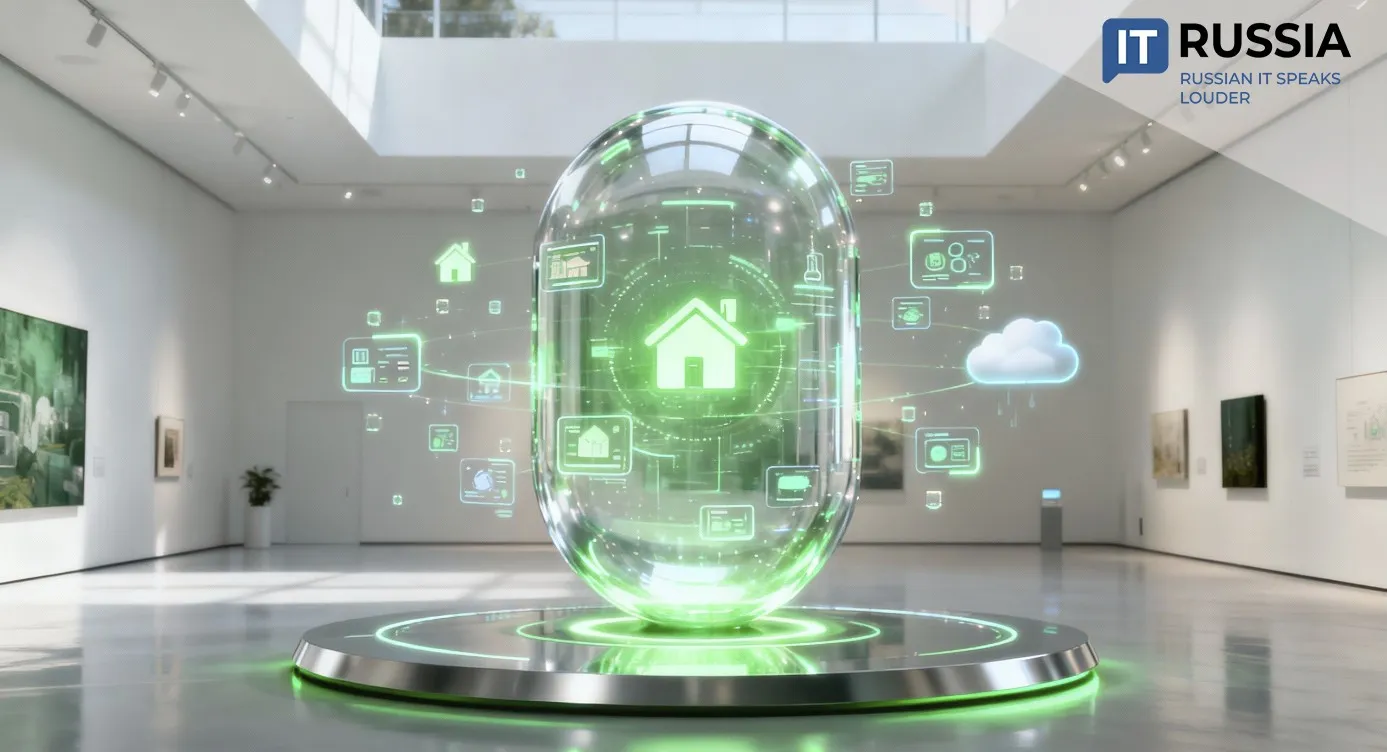Smart Lighting in Moscow Region: 110,000 Streetlights Create a Digital Urban Framework
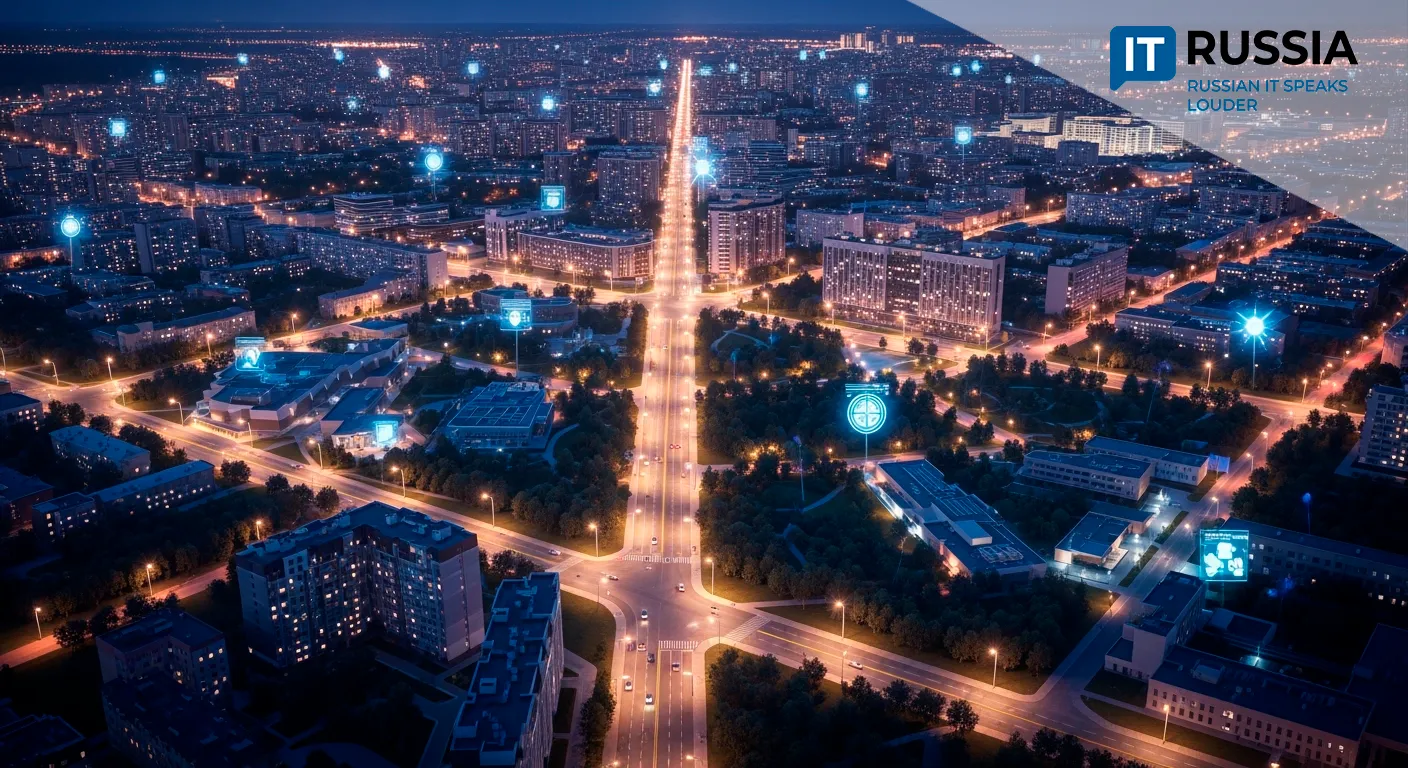
Since early 2025, the Moscow Region has taken a major step toward digitizing utility infrastructure by connecting tens of thousands of streetlights to a centralized monitoring platform.
Proven Impact of Smart Lighting
In just six months, the smart streetlight monitoring system in the Moscow Region has delivered measurable results. More than 66,000 streetlights, 1,400 lighting lines, and 2,500 distribution cabinets have been connected, covering 3,000 kilometers of utility networks. Currently, the digital platform tracks 110,000 fixtures in real time, analyzing performance, energy consumption, and technical faults.
More than 7,000 faults were processed across 360 facilities. Of the 4,700 incident reports submitted by residents, over 2,000 were successfully resolved, and average response time dropped by 35%.
Key features include a unified dashboard for data visualization, chatbot integration for field crew notifications, and automated service routing. Faults trigger real-time work orders, dispatched to service teams via mobile apps, with repairs typically completed within 24 hours.
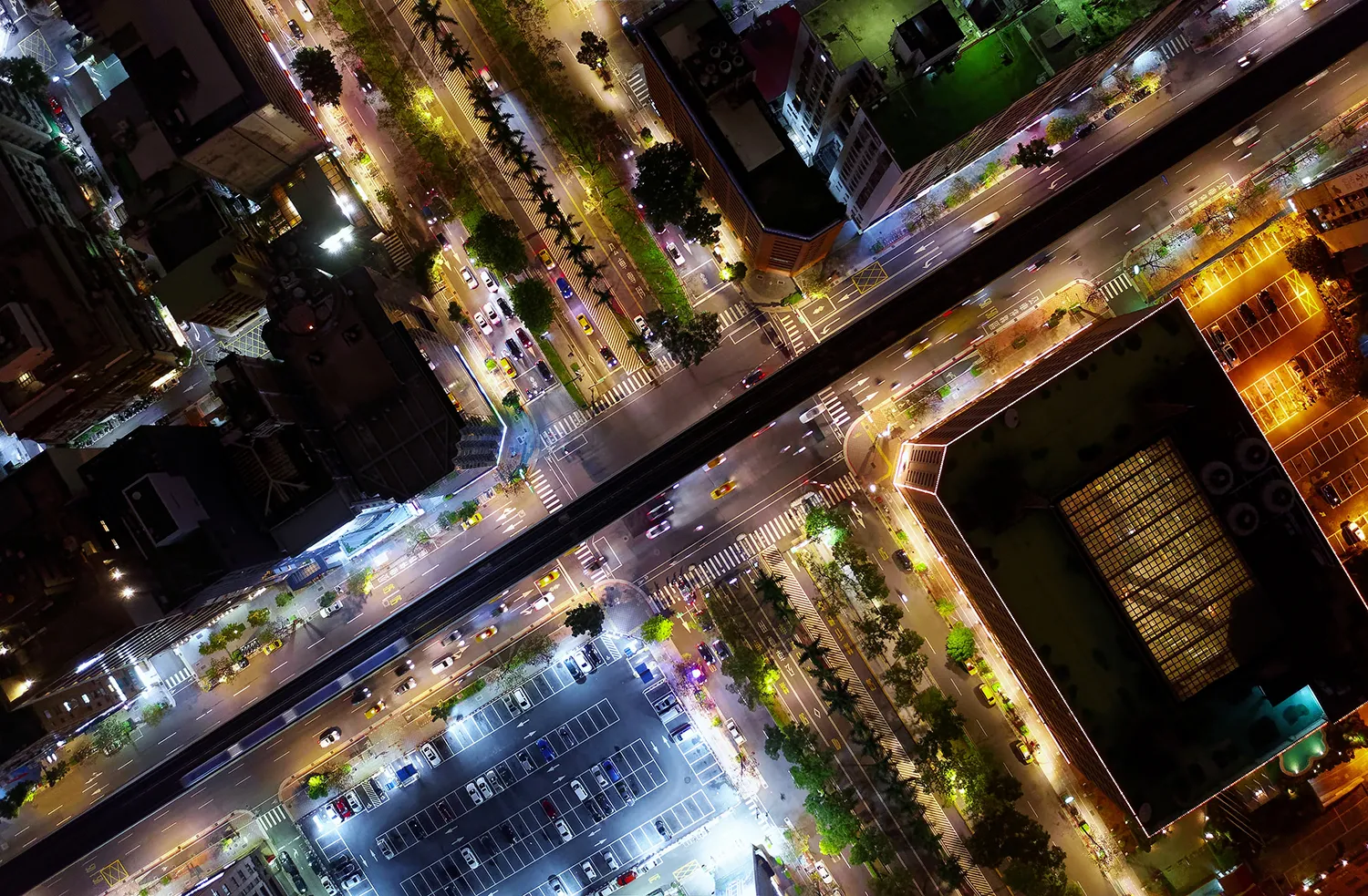
The system also enables municipalities to lower power consumption through adaptive brightness control implemented across 24 districts. This reduces energy waste and improves the operational efficiency of maintenance teams.
Smart Lighting’s National Trajectory
Russia’s smart lighting journey began in 2015 with pilot projects in Moscow, which by 2020 had become the national leader in adaptive streetlight deployment. By 2021, regions like Syktyvkar had begun replacing over 9,000 lamps under a contract with Rostelecom, some of which were fitted with individual control modules.
In 2022, Khanty-Mansiysk installed 10,000 smart lights equipped with brightness and load control based on localized conditions. Murmansk joined in 2023, using adaptive streetlights under the 'Cascade' modernization program to cut nighttime energy use by up to 80%.
The 2024–2025 initiative in the Moscow Region brought these fragmented efforts into a single predictive analytics platform, enabling centralized control and strategic coordination.

Scaling and Export Potential
By 2026, officials plan to double the number of connected assets, expand smart lighting coverage to 100% of the region, and implement performance-based service provider ratings and SLA monitoring.
With shared infrastructure across the Commonwealth of Independent States, Russia’s solution could be exported to countries facing similar grid and public works challenges. The platform’s modular structure supports regional adaptations, opening pathways for commercial deployment abroad.
Lighting as a Service
Moscow Region’s experience shows that utility digitization is not a distant goal—it is an actionable solution with rapid payback. In less than two years, residents benefit from shorter repair times and municipalities report lower energy costs.
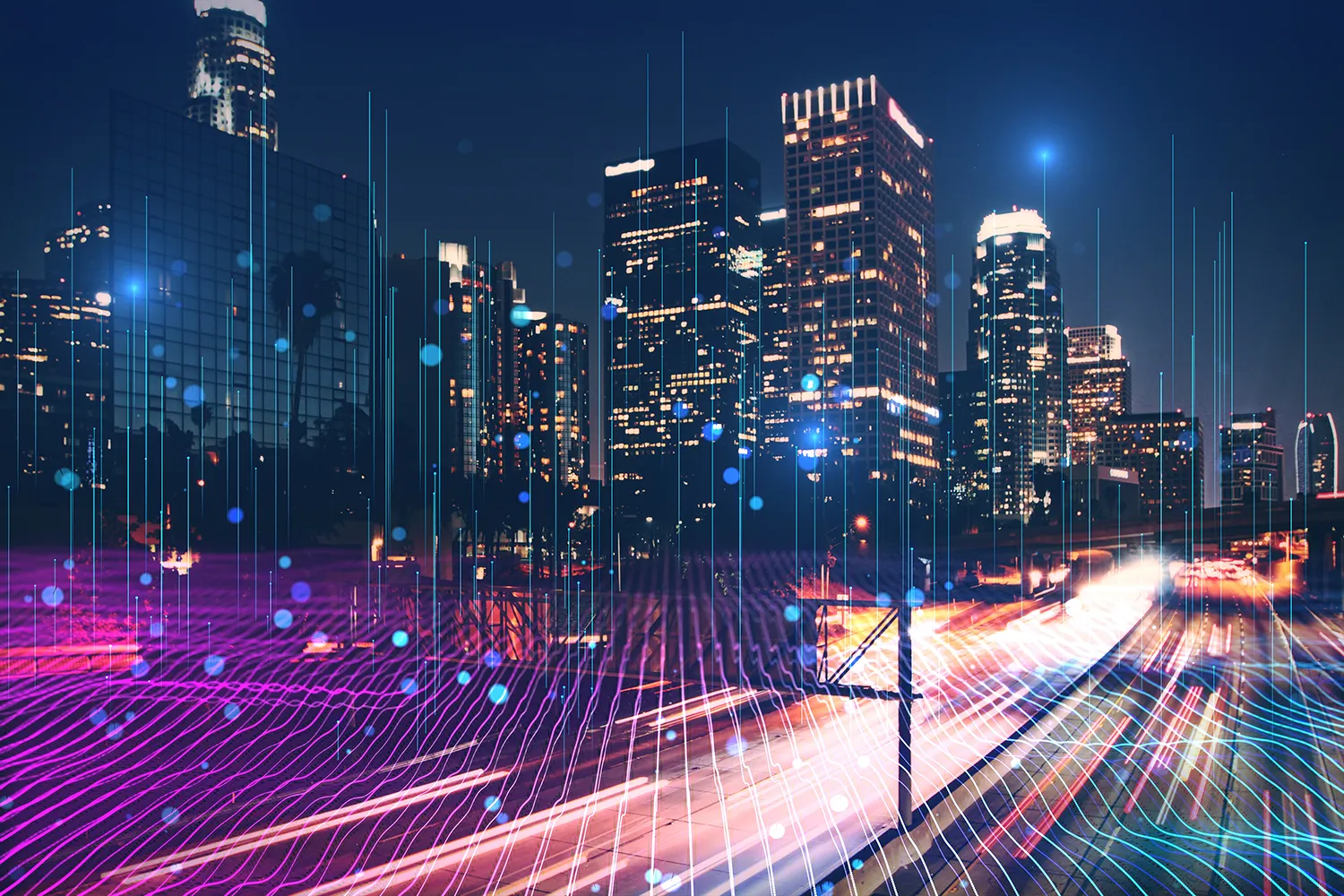
By 2027, similar smart lighting systems are expected to reach 30% of Russia’s largest urban centers, while domestic IoT-based solutions could enter international markets.
What began as a streetlight upgrade is evolving into a comprehensive digital infrastructure for next-generation public services.


